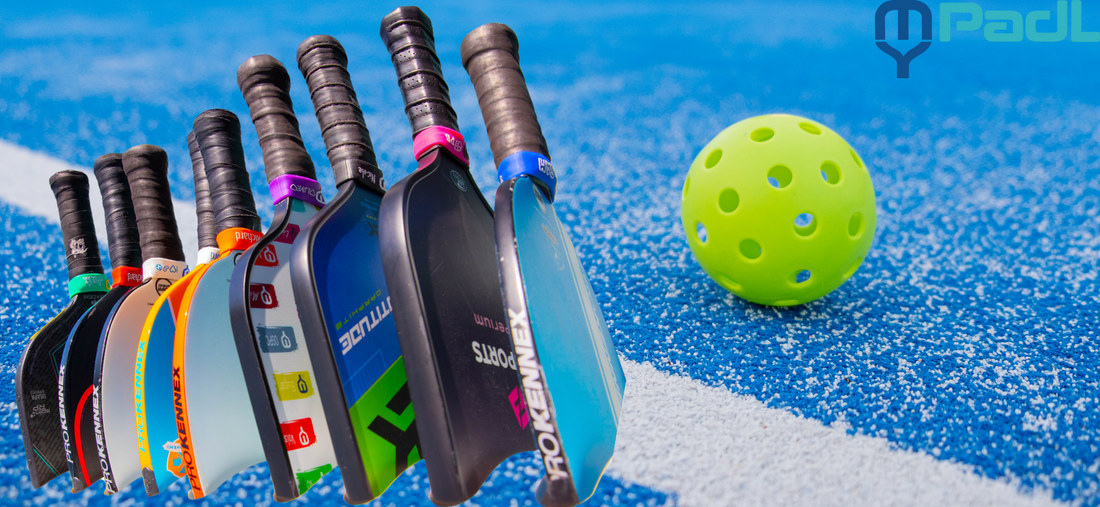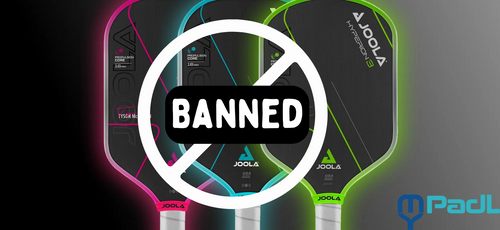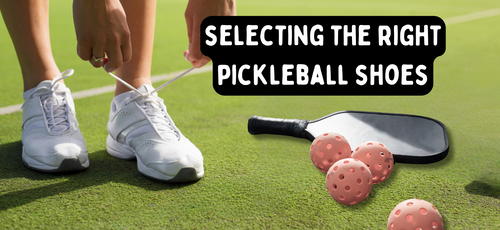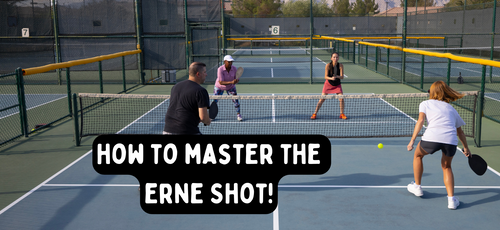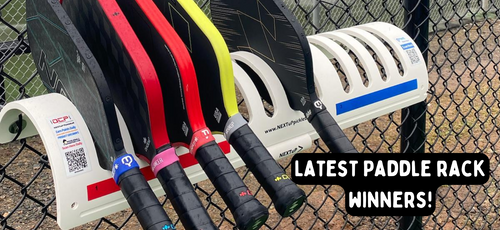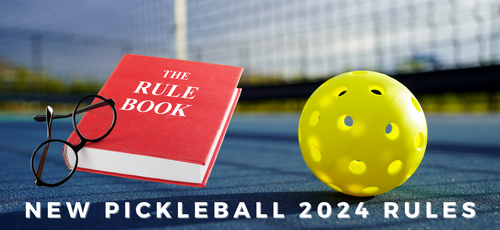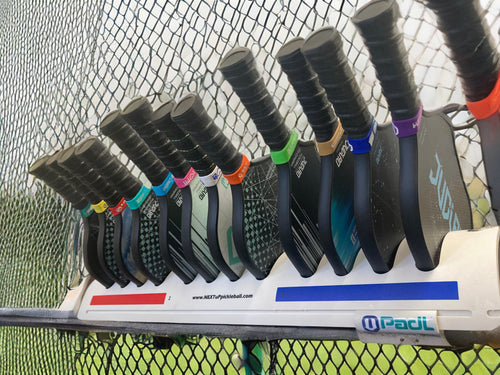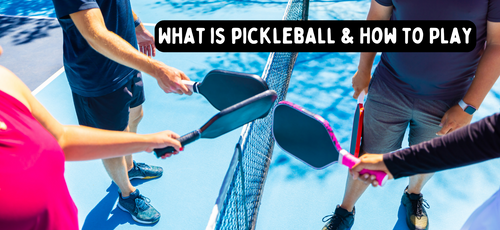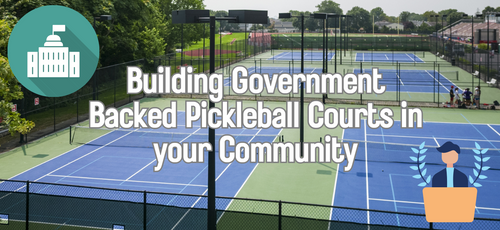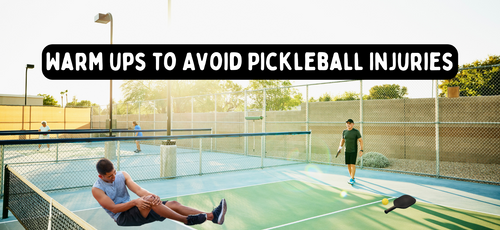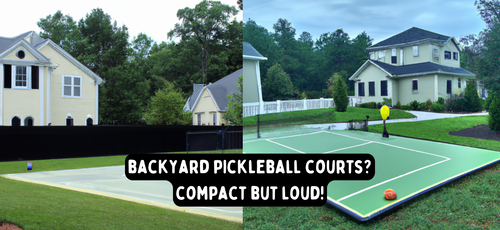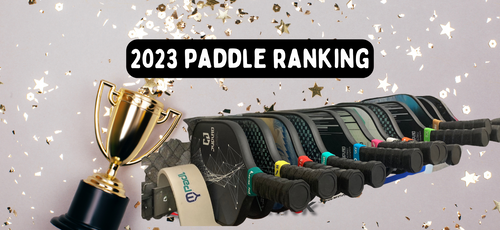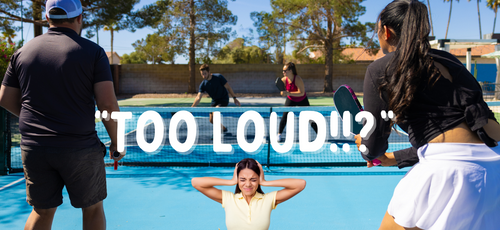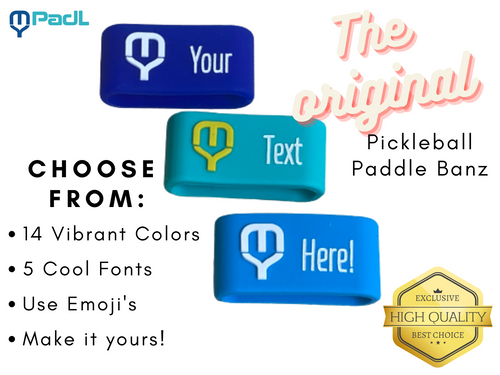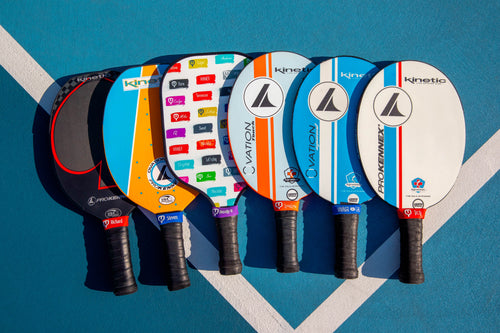Central to this fast-paced, exciting game is one key piece of equipment: the pickleball paddle. The material of your paddle can significantly influence your game, affecting everything from power and control to the feel of each shot. Let's dive into the world of pickleball paddles and discover which material reigns supreme for your playing style.
The Evolution of Pickleball Paddles
From Wood to High-Tech: Early pickleball paddles were simple wooden creations, but today's paddles have evolved into sophisticated pieces of sporting equipment. Advances in technology have introduced a variety of materials, each offering unique benefits.
Wooden Paddles - The Outdated Choice
Pros:
- Durability: Wooden paddles are known for their sturdiness.
- Affordability: They are often the most budget-friendly option, making them great for beginners.
Cons:
- Weight: Wooden paddles are typically heavier, which can affect maneuverability and speed.
- Less Shock Absorption: They can be tough on the arm over long play sessions.
Composite Paddles - The Versatile Contenders
Pros:
- Variety: Composite paddles are made from a blend of materials like fiberglass, graphite, and aluminum. They offer a balance between power and control.
- Customization: They come in various weights and sizes, suitable for all skill levels.
Cons:
- Cost: Generally more expensive than wood.
- Feel: Some players may prefer the more solid feel of other materials.
Graphite Paddles - The Modern Edge
Pros:
- Lightweight: Graphite paddles are lighter, allowing for quick movements and better control.
- Power and Precision: They provide a good balance of power and finesse, suitable for both beginners and advanced players.
Cons:
- Price: Typically at a higher price point.
- Durability: While strong, they can be prone to damage upon hard impact.
Polymer Paddles - The New Wave
Pros:
- Innovative Material: Made from a blend of plastic and resin, these paddles are gaining popularity for their durability and lightweight feel.
- Sound and Softness: They tend to produce less noise, a plus for noise-sensitive areas.
Cons:
- Feel: Some players may find them too light or lacking in feedback.
Balancing the Factors
When choosing a pickleball paddle, consider the following:
- Skill Level: Beginners may prefer a more forgiving material like composite, while advanced players might lean towards graphite for its precision.
- Play Style: Power players may opt for composite or wood, while those valuing control might choose graphite or polymer.
- Budget: Your investment in a paddle should align with your commitment to the sport.
The Winning Material
After weighing the pros and cons, it becomes evident that there is no one-size-fits-all answer. For beginners or budget-conscious players, a composite paddle offers a great balance of cost and performance. Intermediate to advanced players might prefer graphite for its lightweight precision. However, for those seeking the latest in paddle technology with a focus on lightweight performance and durability, polymer paddles are an excellent choice.
Ultimately, the best material for a pickleball paddle depends on individual preferences, play style, and budget. Your perfect paddle is one that feels like an extension of your arm, enhancing your game and elevating your enjoyment of pickleball.
Additional Resources:
- USA Pickleball Association for guidelines on paddle materials and regulations.
- Local pickleball clubs often offer demo paddles to try before you buy.
Remember, the right paddle can transform your game, so choose wisely and play passionately!

